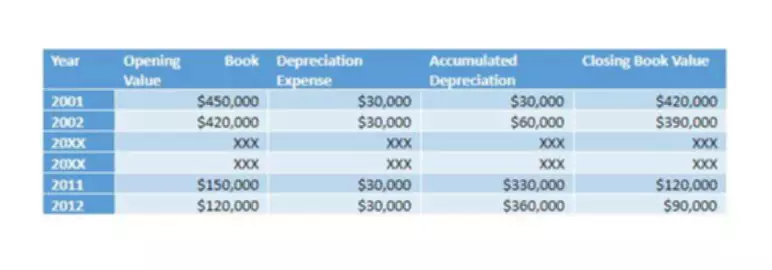Content

A contingent liability is an obligation that might have to be paid in the future, but there are still unresolved matters that make it only a possibility and not a certainty. Lawsuits and the threat of lawsuits are the most common contingent liabilities, but unused gift cards, product which of the following is a liability account warranties, and recalls also fit into this category. AP typically carries the largest balances, as they encompass the day-to-day operations. AP can include services,raw materials, office supplies, or any other categories of products and services where no promissory note is issued.

The employer’s obligation relating to the employees’ rights to receive compensation for future absences is attributable to employees services already rendered. D. Actual refinancing after the balance sheet date by issuance of equity securities. Liabilities that may be paid out of any asset pool accumulated by the enterprise as long as payment is due within one year.
Which of the following is a liability account
Wages expense. Which of the following accounts appears on a formal balance sheet? Depreciation expense. Unearned service fees.
- D. The transaction would not be reported because the cash was not exchanged.
- This obligation to pay is referred to as payments on account or accounts payable.
- For most households, liabilities will include taxes due, bills that must be paid, rent or mortgage payments, loan interest and principal due, and so on.
- D. Actual refinancing after the balance sheet date by issuance of equity securities.
- A company that finances their assets by borrowing will need to make enough money to pay off the debt.
No one likes debt, but it’s an unavoidable part of running a small business. Accountants call the debts you record in your books “liabilities,” and knowing how to find and record them is an important part of bookkeeping and accounting. A liability is a debt that a person or business has, typically in the form of money. Through the transmission of economic benefits like money, products, or services, liabilities are eventually satisfied. Indicate the order the financial statements are prepared.
Contingent liabilities
The primary classification of liabilities is according to their due date. The classification https://www.bookstime.com/ is critical to the company’s management of its financial obligations.
Fitch Rates Atlanta, GA’s GOs ‘AA+’; Outlook Stable – Fitch Ratings
Fitch Rates Atlanta, GA’s GOs ‘AA+’; Outlook Stable.
Posted: Mon, 26 Sep 2022 20:46:00 GMT [source]
D) Accounting for product warranty costs by accruing an expense is an accepted practice that should be used whenever the warranty is an integral and inseparable part of the sale. Is frequently justified on the basis of expediency when warranty costs are immaterial. A. Record the loss and the related liability, but at an amount that is significantly conservative. An uncertain event that must have a reasonable chance of occurrence and the amount must be reasonably determinable by the company. Vested rights are not contingent upon an employee’s future service. The terms of any equity security issued or to be issued.
The debt ratio
Accounts payable refer to promises to pay later, which may arise from the purchase of supplies or services. Equipment is an asset. Equipment purchases are reported on the balance sheet. This is a liability account that contains the amount owed to bondholders by the issuer. These taxes are collected by tax authorities from respective employers and paid for human welfare schemes, infrastructure development. Accounts payable –are payables to suppliers concerning the invoices raised when the company utilizes goods or services.
Since most companies do not pay for goods and services as they are acquired, AP is equivalent to a stack of bills waiting to be paid. For example, if a company has more expenses than revenues for the past three years, it may signal weak financial stability because it has been losing money for those years. The effects of changes in the credit risk of a financial liability designated as at fair value through profit and loss under IFRS 9. LO 2.1Identify the correct components of the income statement. B, Listing current liabilities according to amount.
An expense is the cost of operations that a company incurs to generate revenue. Unlike assets and liabilities, expenses are related to revenue, and both are listed on a company’s income statement. In short, expenses are used to calculate net income.
- In this case, the bank is debiting an asset and crediting a liability, which means that both increase.
- Bank Account overdrafts – These are the facilities given normally by a bank to their customers to use the excess credit when they don’t have sufficient funds.
- Sales taxes charged to customers, which the company must remit to the applicable taxing authority.
- Which of the following accounts is not classified as a current liability?
- On Jan. 2, Callie Taylor invests $40,000 into the business in exchange for common stock.
Accounts Payable; Retained earnings; Revenues. Which of the following is an example of an adjustment for deferred items? A prepaid expense. B An accrued revenue. An accrued liability.
